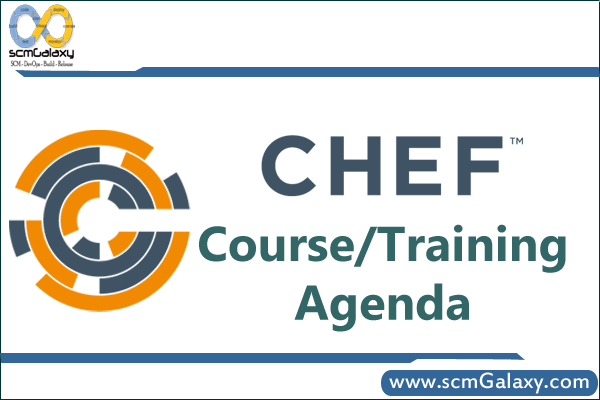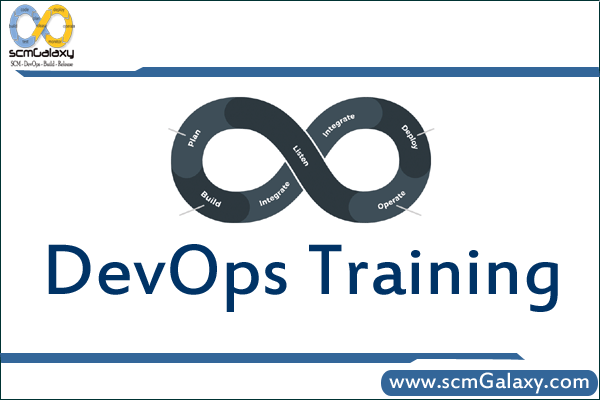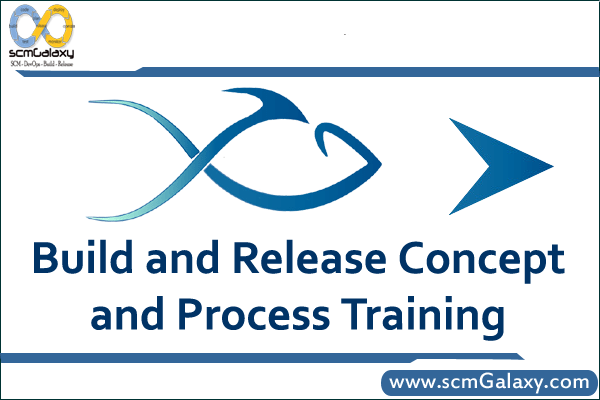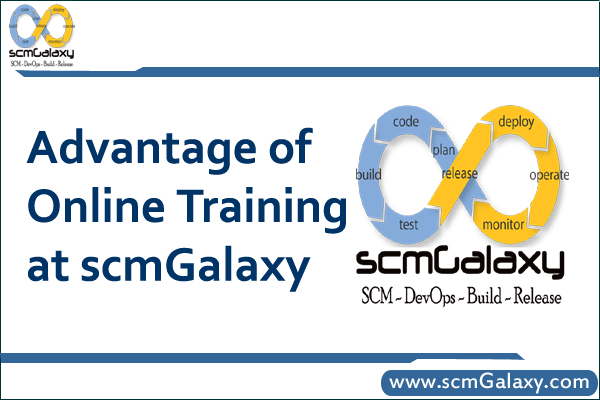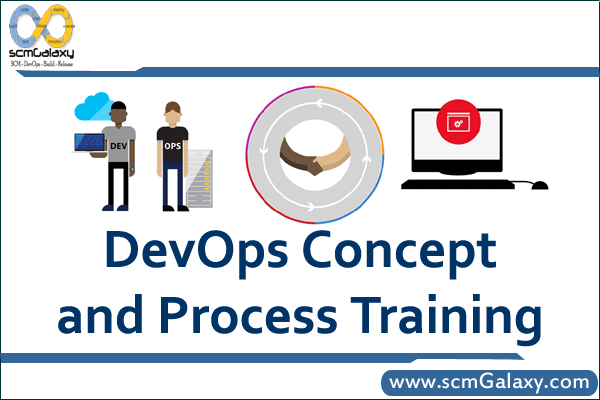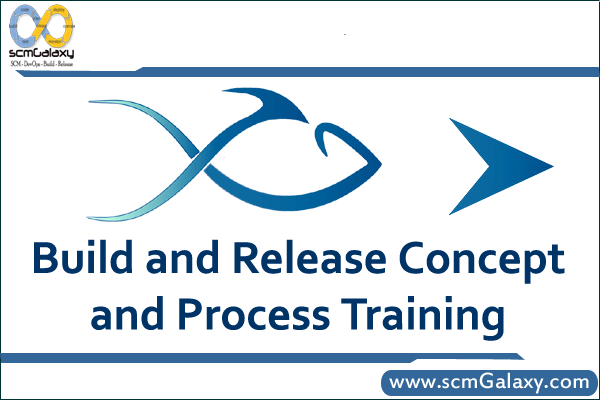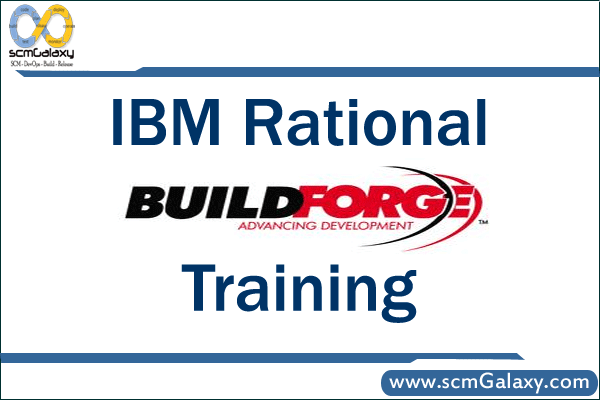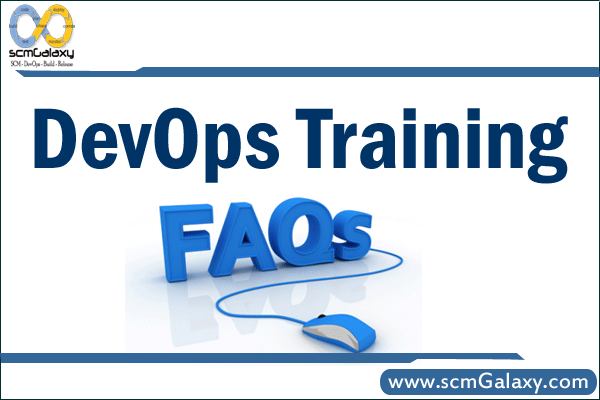
scmGalaxy Training FAQ
Can I attend a Demo Session?
You can go through the sample class recording and it would give you a clear insight about how the classes are conducted, quality of instructors and inter-activeness in a class.
Can we have a demo class?
We do not have any demo class of concept. In case if you want to get familiar with our training methodology and process, you can request a pre recorded sessions videos before attending a live class?
Who are the training Instructors?
All our instructors are working professionals from the Industry and have at least 10-12 yrs of relevant experience in various domains. They are subject matter experts and are trained for providing online training so that participants get a great learning experience.
Do you provide placement assistance?
No, But we help you to get prepared for the interview. Since there is a big demand for this skill, we help our students for resumes preparations, work on real life projects and provide assistance for interview preparation.
What are the system requirements for this course?
The system requirements include Windows / Mac / Linux PC, Minimum 2GB RAM and 20 GB HDD Storage with Windows/CentOS/Redhat/Ubuntu/Fedora.
How will I execute the Practicals?
In Cloud, We can help you setup the instance in cloud (AWS, Cloudshare & Azure), the same VMs can be used in this training.
Also, We will provide you with step-wise installation guide to set up the Virtual Box Cent OS environment on your system which will be used for doing the hands-on exercises, assignments, etc.
What are the payment options?
You can pay using NetBanking from all the leading banks. For USD payment, you can pay by Paypal or Wired.
What if I have more queries?
Please email to info@scmGalaxy.com
What if I miss a class?
You will never lose any lecture. You can choose either of the two options:
1. View the class presentation and recordings that are available for online viewing through our site.
2. You can attend the missed session, in any other live batch free of cost. Please note, access to the course material will be available for lifetime once you have enrolled into the course. If we provide only one time enrollment and you can attend our training any number of times of that specific course free of cost in future
Do we have classroom training?
We can provide class room training only if number of participants are more than 6 in that specific city.
What is the location of the training?
Its virtual led training so the training can be attended using Webex | GoToMeeting
How is the virtual led online training place?
What is difference between DevOps and Build/Release courses?
Do you provide any certificates of the training?
We are not authorized for providing any officials certificates but we help all the students to get official certificates through proper assistant.
What if you do not like to continue the class due to personal reason?
You can attend the missed session, in any other live batch free of cost. Please note, access to the course material will be available for lifetime once you have enrolled into the course. If we provide only one time enrollment and you can attend our training any number of times of that specific course free of cost in future
Do we have any discount in the fees?
Our fees are very competitive. Having said that if we get courses enrollment in groups, we do provide following discount
One Students – 5% Flat discount
Two to Three students – 10% Flat discount
Four to Six Student – 15% Flat discount
Seven & More – 25% Flat Discount
Refund Policy
If you are reaching to us that means you have a genuine need of this training, but if you feel that the training does not fit to your expectation level, You may share your feedback with trainer and try to resolve the concern. We have no refund policy once the training is confirmed.
Why we should trust scmGalaxy for online training
You can know more about us on Web, Twitter, Facebook and linkedin and take your own decision. Also, you can email us to know more about us. We will call you back and help you more about the trusting scmGalaxy for your online training.
How to get fees receipt?
You can avail the online training reciept if you pay us via Paypal or Elance. You can also ask for send you the scan of the fees receipt.
Mode of Payment – Online Bank Transfer using NEFT | Paypal | Elance.com | Wired Transfer | TransferWise
Registration is based on First Come basis and only confirmed registration would be considered.
Course Materials – Would be shared everyday end of the session every day
Lab – 70% of the training consist of lab.
Demo Class – ScmGlaxy team does not believe in demo class concept as this is very difficult to evaluate any training/trainer very first day in 90 mins. Still, if you want to experience our training before enrollment, we may add you in any on-going live class based on your special request. If you want to know more about us – Click here
What if you miss the scheduled class? – If you miss the scheduled class, you can be a part of other ongoing batches any time in future free of cost.
scmGalaxy Advantage – If you enroll for our courses, you can attend for our training any number of times of that specific course free of cost
Tagged : Classroom / Course / Devops / DevOps Training FAQs / FAQs / Frequently asked questions / Online / scmgalaxy / Training
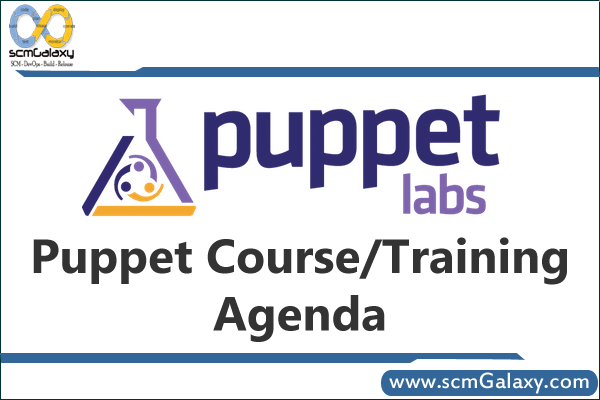
 The basic course program is outlined here
The basic course program is outlined here